The merger of the three provinces of Vinh Long - Ben Tre - Tra Vinh into the new province of Vinh Long is an opportunity to establish a new development vision that is innovative, integrated, fast and sustainable.
That was the emphasis of General Secretary To Lam at the working trip in early June 2025 with the Standing Committees of the Provincial Party Committees of Ben Tre , Tra Vinh and Vinh Long provinces on the implementation of resolutions, conclusions and directives of the Central Committee; the implementation of Resolution No. 60-NQ/TW of the Party Central Committee on the 11th Conference of the 13th Party Central Committee.
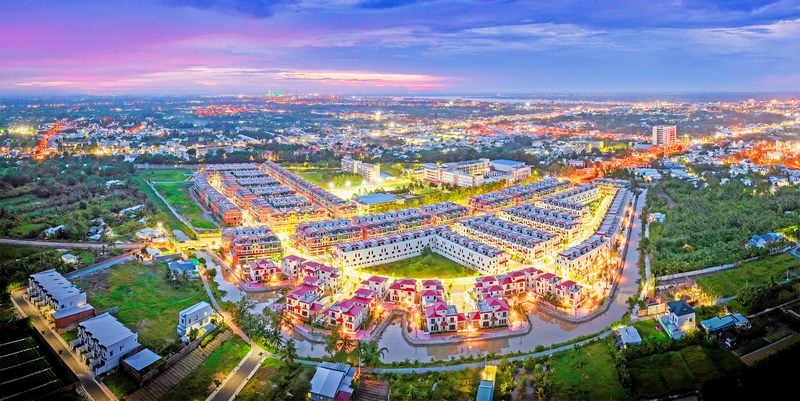 |
| Vinh Long Provincial Administrative Center, located in the center of the Mekong Delta, is a hub for trade and logistics. Photo: NGUYEN VINH HIEN |
To prepare for the establishment of the administrative apparatus, Lord Nguyen established Gia Dinh Palace, built Tran Bien Palace and Phien Tran Palace in 1698 and assigned Commander Nguyen Huu Canh to organize and implement. In the year of Nham Ty 1732, Lord Nguyen Phuc Tru established the southern part of Tran Bien Palace and Phien Tran Palace, a new administrative unit called Long Ho Palace, Dinh Vien District.
According to Dai Nam Nhat Thong Chi: "In the year of Nham Ty (1732), seeing the vast terrain of Gia Dinh, the land south of Phien Tran citadel was divided into Dinh Vien district, and Long Ho citadel was established, still belonging to Gia Dinh prefecture". In Gia Dinh Thanh Thong Chi, it was also recorded: "Originally, Dinh Vien district was established and Long Ho citadel was built in Cai Be, then moved to Long An hamlet, Long Ho village...". In the year of Tan Mao (1831) and the year of Nham Thin (1832), Gia Dinh citadel was abolished and divided into 6 provinces (Nam Ky Luc Tinh), Vinh Long province was one of the 6 Nam Ky Luc Tinh.
On December 20, 1899, the French colonialists changed the region into a province. The old six provinces of Cochinchina were divided into 20 provinces. Vinh Long was divided into 3 provinces: Ben Tre, Tra Vinh and Vinh Long (and Sa Dec province).
From the potential and strengths of each locality
Ben Tre province was established in 1900 under the decree of Governor-General Paul Doumer (signed on December 20, 1899), accordingly, Ben Tre Office was changed to a province at the same time as other provinces in Cochinchina. During the development and change of administrative boundaries, Ben Tre province has 9 district-level administrative units (DUs) (8 districts and 1 city); 148 commune-level DUs (including 32 communes, 6 wards and 10 towns).
Ben Tre province is adjacent to the Southern key economic zone. It has a convenient waterway traffic system with 4 main river branches leading to the East Sea and a system of canals and ditches which are important external traffic axes connecting Ben Tre with the provinces of the Mekong Delta and the Southern key economic zone.
In particular, investment in the construction of bridges: Rach Mieu (1, 2), Ham Luong and Co Chien has helped Ben Tre to effectively promote its potential and advantages for rapid and sustainable development, increasing regional trade connections with Ho Chi Minh City and the Southern key economic region. With its geographical location, Ben Tre has great advantages in developing the marine economy.
Tra Vinh province was re-established according to the Resolution of the 8th National Assembly, 10th Session, on December 26, 1991, on the basis of separating Cuu Long province into 2 provinces Vinh Long and Tra Vinh. During the development process and change of administrative boundaries, Tra Vinh province has 9 district-level administrative units (including 7 districts, 1 town; 1 city) and 104 commune-level administrative units.
Tra Vinh is located downstream between Tien River and Hau River with 2 estuaries Cung Hau and Dinh An connecting the Mekong Delta with the East Sea, connecting the whole country and internationally, with 65km of coastline creating very favorable conditions for the development of waterway traffic, maritime, tourism and marine economy. Along with national highways connecting the region and Ho Chi Minh City, Tra Vinh has many important economic and defense advantages for the Mekong Delta.
With a history of formation and development of nearly 300 years, Vinh Long province has a long history and contains many outstanding cultural values. Although the administrative boundaries have undergone many changes in name and many separations, from the past to the present, Vinh Long has always been famous as a land of talented people, rich economic potential and a very vibrant life.
At the 10th Session, the 8th National Assembly on December 26, 1991 decided to separate Cuu Long province into 2 provinces: Vinh Long and Tra Vinh. During the development and change of administrative boundaries, Vinh Long province has 8 district-level administrative units (1 city, 1 town and 6 districts), 102 commune-level administrative units (83 communes, 6 towns and 13 wards).
Vinh Long province is located in the center of the Mekong Delta, between the Tien and Hau rivers, with a road and waterway traffic system that meets development needs. Connected to provinces in the Mekong Delta region and key economic zones in the South by important arterial traffic routes, creating favorable conditions for exchange, tourism development, trade, and domestic and foreign investment cooperation.
Creating a new development model
According to Decision No. 759/QD-TTg dated April 14, 2025 of the Prime Minister approving the Project on Arranging and Reorganizing Administrative Units at All Levels and Building a 2-level Local Government Organization Model, Vinh Long Province, Ben Tre Province, and Tra Vinh Province were merged into a new province, Vinh Long Province.
Economic experts say that the merger of the three provinces of Vinh Long, Ben Tre and Tra Vinh will create a continuous “East Sea coastal strip” of 130km, helping the (new) Vinh Long province expand its development space towards the sea. Thanks to that, it will not only promote agricultural advantages, but also strongly develop the marine economy.
With an area of nearly 6,300 km², more than 4.1 million people and 124 commune-level administrative units, the new province will be highly attractive in attracting FDI and investment in agricultural and aquatic product processing industry, logistics and renewable energy. The connection of the Mekong River system, the highway system, roads, and the eastern coastal roads of these provinces will form a solid framework to create a huge economic development space.
The administrative center of Vinh Long province, located in the center of the Mekong Delta, is a hub for trade and logistics. Along with existing industrial parks such as Hoa Phu, Binh Minh and currently developing industrial parks such as Dong Binh, Gilimex Vinh Long, An Dinh, industrial clusters meet the demand for "clean land" to attract investment, promote strategic industries...
Meanwhile, Ben Tre is the coconut “capital” of the West and the whole country. In addition to the key projects and works of the province that have been and are being implemented, the strategic vision of Ben Tre province is the sea encroachment area with an area of about 50,000 hectares to expand the development space and strongly develop the marine economy...
Tra Vinh province is an emerging energy center in the Mekong Delta region, with many large-scale wind and solar power projects, and the Duyen Hai thermal power plant cluster with a capacity of thousands of MW. According to statistics, the province's GRDP in 2024 is estimated to increase by 10.04%, the highest in the Mekong Delta region. In terms of culture and tourism, Tra Vinh has a large Khmer community (accounting for 30% of the population), creating a unique cultural feature...
Following the direction of the Central and Provincial Party Committees, the Standing Committees of the Provincial Party Committees of the three provinces promptly directed all levels and sectors to issue documents for implementation. The preparations for the reorganization of commune level, the end of district level activities, and the consolidation of provincial level were directed by the Standing Committees of the Provincial Party Committees of the three provinces to be completed and submitted to the Government the Project to merge the provinces of Vinh Long, Ben Tre, and Tra Vinh.
The provinces have defined the framework of leadership staff for communes and wards (after the merger), basically completing the planned assignment of staff to hold the positions of secretary, deputy secretary, chairman, vice chairman of the People's Council, and People's Committee of communes and wards after the merger...
At a working session with the Standing Committees of the Provincial Party Committees of Ben Tre, Tra Vinh and Vinh Long provinces in early June 2025, General Secretary To Lam emphasized that the merger of Vinh Long, Ben Tre and Tra Vinh into a new administrative-economic unit is not simply a solution to reorganize administrative boundaries but more importantly, a breakthrough choice to rebuild the development structure in an integrated, synchronous and effective direction.
This merger will open up new space to maximize comparative advantages and complementarities between localities, promoting real economic linkages. The three provinces of Vinh Long, Ben Tre and Tra Vinh have economic structures, industry strengths and geographical locations that are naturally complementary, creating a favorable foundation for merging into a harmonious and comprehensive development entity.
At the same time, in terms of culture and society, the three localities have a stable population base, similar regional identity, favorable for institutional integration, synchronization of governance, human resource development and preservation of national cultural harmony. This is a necessary and sufficient condition to form an administrative-economic unit with strong internal strength, effective organization and operation and outstanding competitiveness in the region and the country.
 |
| Vinh Long province (new) has high attractiveness in attracting FDI and investment in agricultural and aquatic product processing industry, logistics and renewable energy. Photo: NGUYEN VAN HAI |
The General Secretary affirmed that the merger of the three provinces of Vinh Long, Ben Tre and Tra Vinh is a strategic decision that has been carefully evaluated and considered on the journey to realize the major resolutions of the Politburo on the development of the Mekong Delta region, private economic development, science and technology, digital transformation, innovation of government organization and improving policy implementation capacity at the local level.
To develop quickly and sustainably after the merger, it is necessary to view this entire process as a rare opportunity to create a new development model that is more modern in thinking, more effective in organization, deeper in regional connectivity and stronger in competitiveness.
The General Secretary also requested that the new province must proactively transform itself from a term-based mindset to a long-term strategic mindset, must have vision and steadfastness and consistency; from administrative management to development creation; from individual actions to overall coordination between Party committees, authorities, businesses and people; and urgently concretize recent resolutions of the Central Committee into action programs with clear goals, roadmaps, responsible people and specific results.
TRAN PHUOC
Source: https://baovinhlong.com.vn/thoi-su/202506/sap-nhap-vinh-long-ben-tre-tra-vinh-tam-nhin-phat-trien-moico-tinh-dot-pha-40d0625/


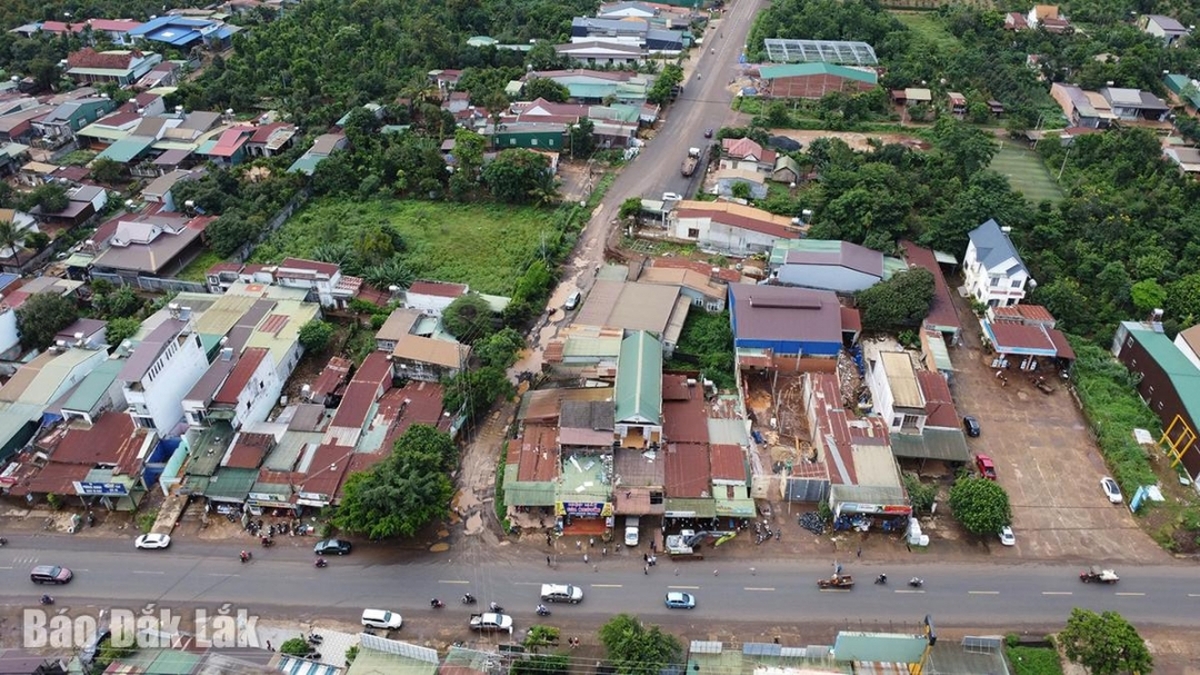


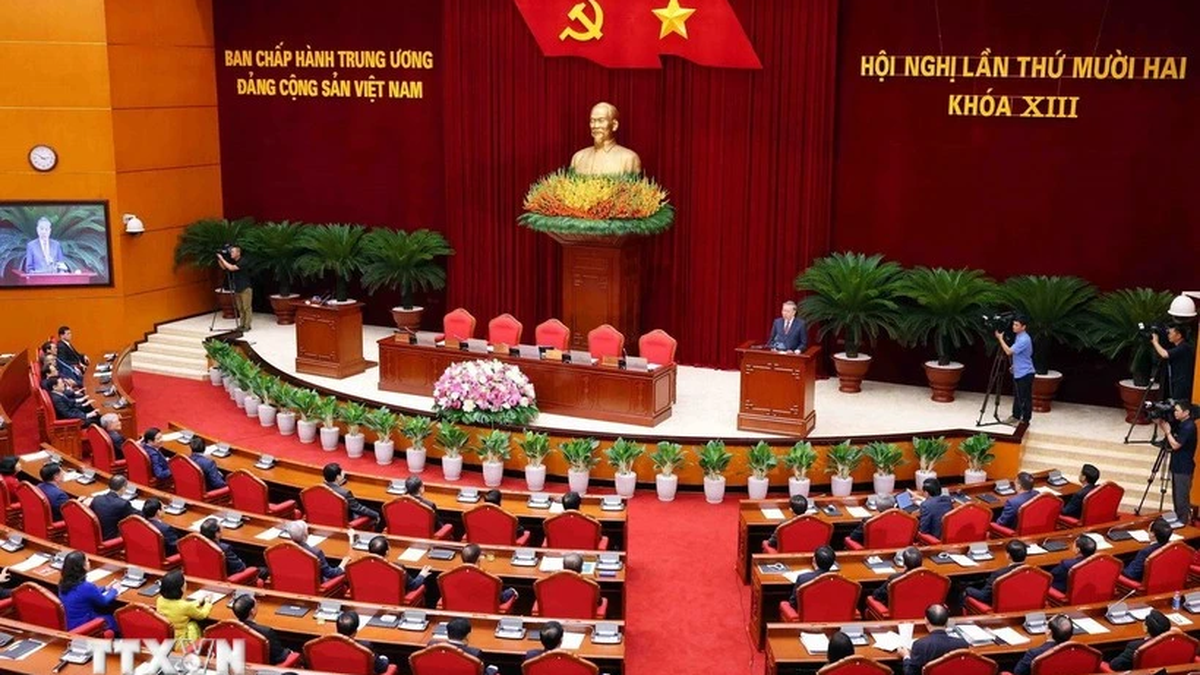

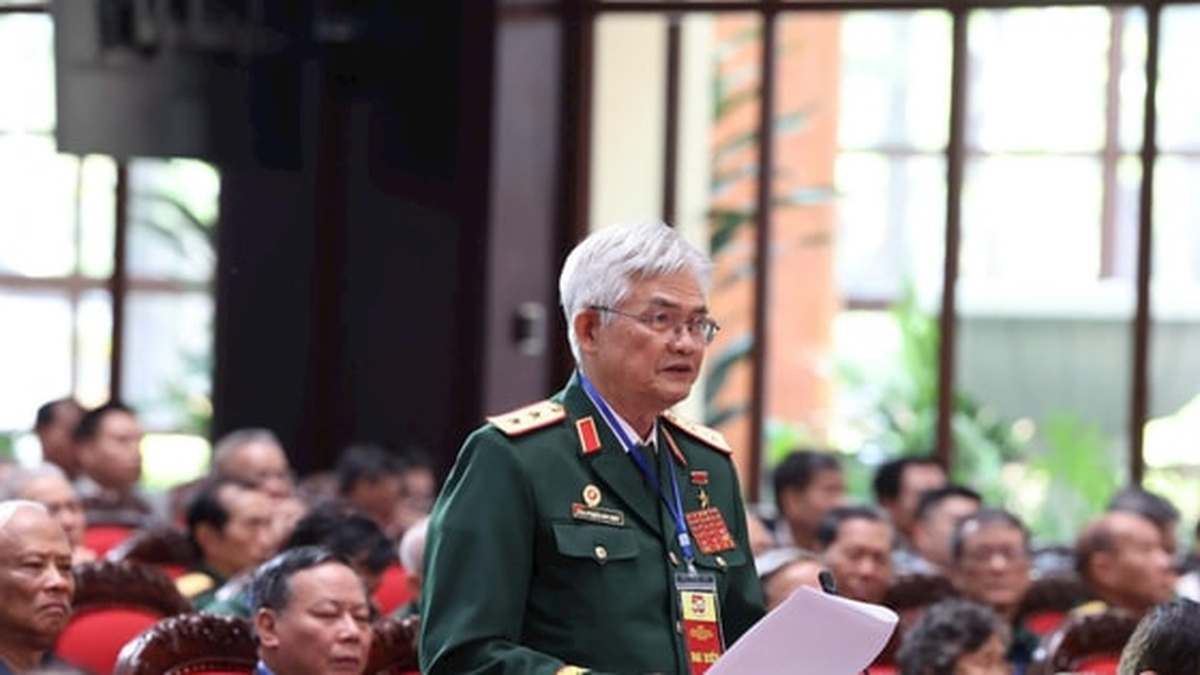

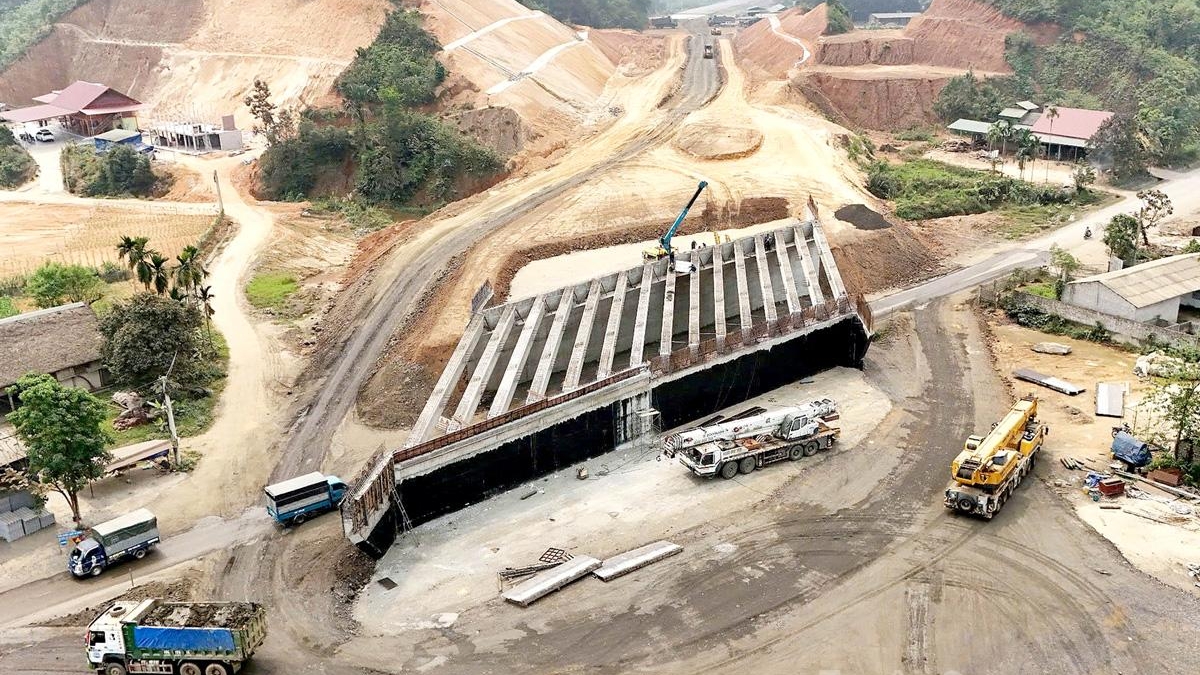
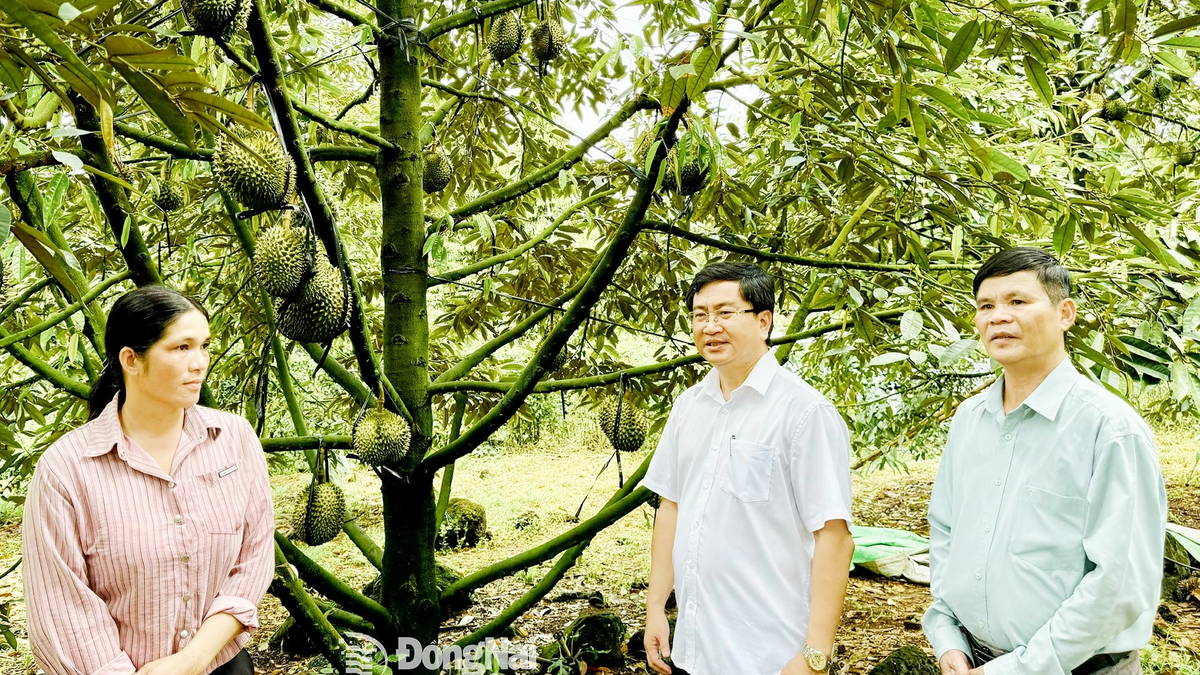
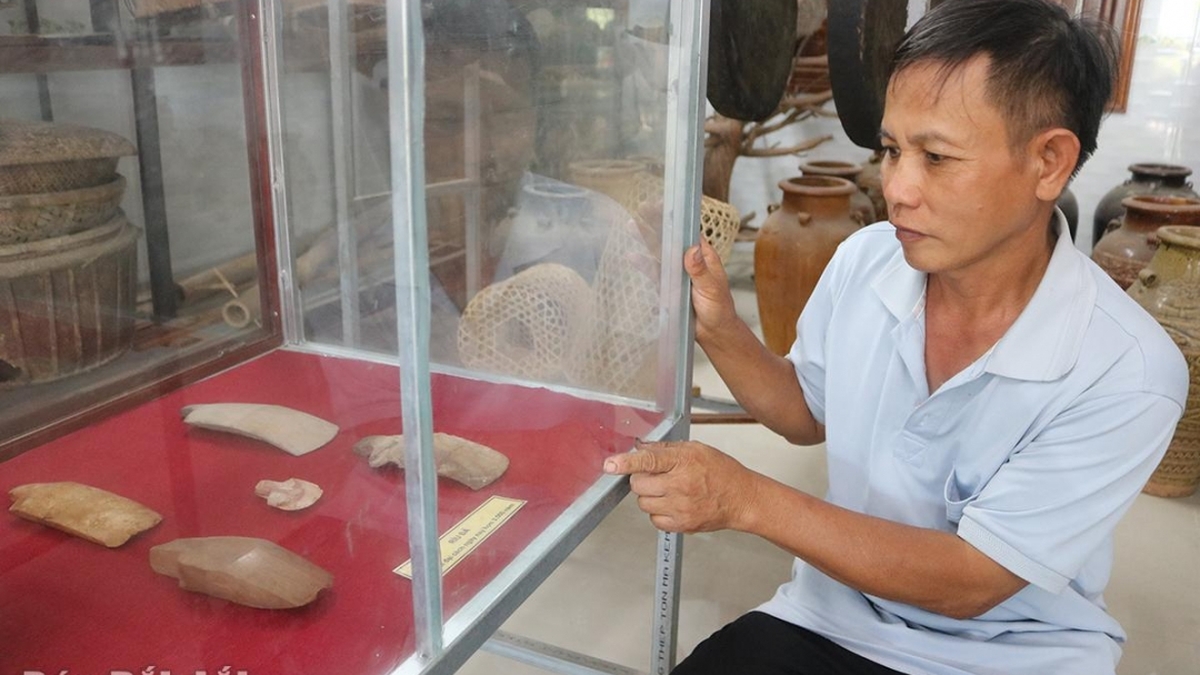















![[Photo] National Assembly Chairman attends the seminar "Building and operating an international financial center and recommendations for Vietnam"](https://vphoto.vietnam.vn/thumb/1200x675/vietnam/resource/IMAGE/2025/7/28/76393436936e457db31ec84433289f72)


































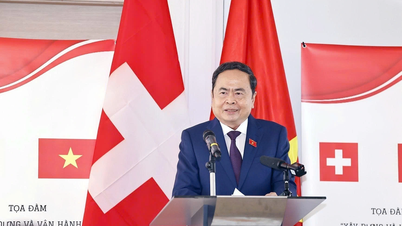






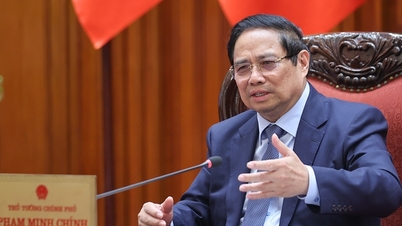





























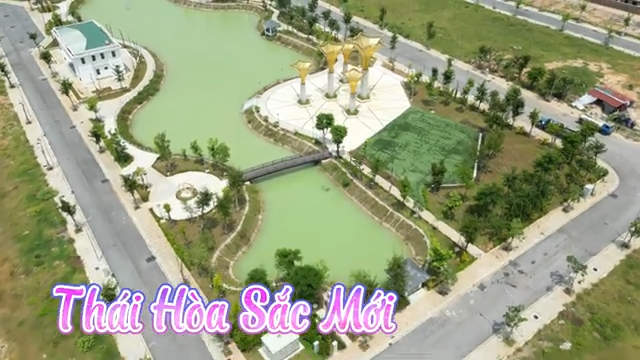
Comment (0)